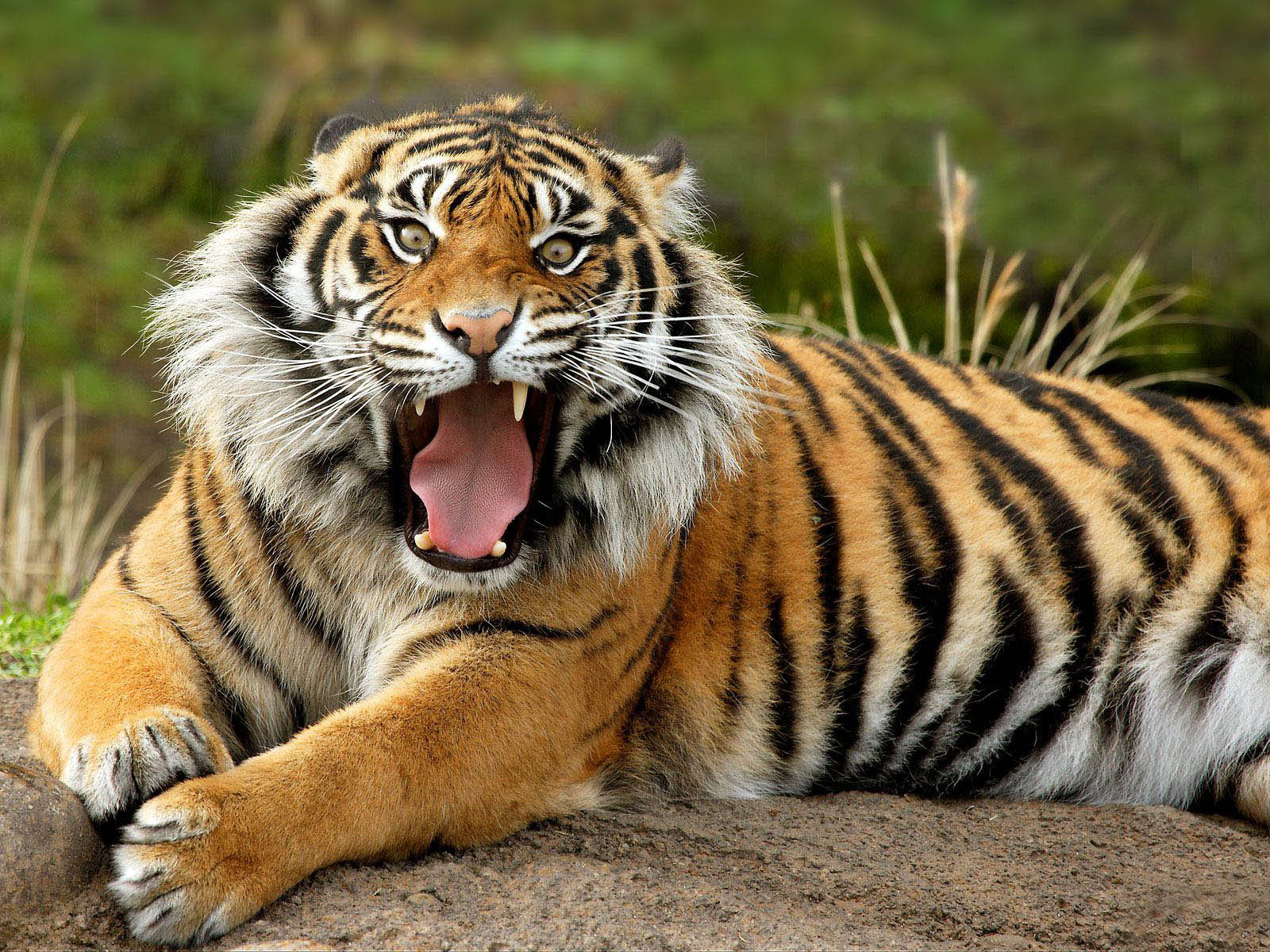Wild animals are an essential part of our planet's biodiversity, playing crucial roles in their ecosystems. This article aims to provide a detailed exploration of wild animals, their habitats, behaviors, and the importance of their conservation. Whether you are a wildlife enthusiast or someone looking to understand more about the natural world, this guide will equip you with valuable information about the fascinating lives of wild animals.
From majestic elephants roaming the African savannah to vibrant tropical birds fluttering through the rainforests, wild animals come in all shapes and sizes. Each species has adapted uniquely to its environment, showcasing the incredible diversity of life on Earth. Understanding these animals not only enhances our appreciation of nature but also highlights the urgent need for conservation efforts to protect them from threats such as habitat loss, poaching, and climate change.
This article will delve into various aspects of wild animals, including their biogeography, social structures, and the challenges they face. By the end of this comprehensive guide, you will have a better understanding of why wild animals matter and how we can all contribute to their preservation.
Table of Contents
- Definition of Wild Animals
- Importance of Wild Animals
- Habitats of Wild Animals
- Behavior of Wild Animals
- Conservation of Wild Animals
- Threats to Wild Animals
- Fun Facts About Wild Animals
- Conclusion
Definition of Wild Animals
Wild animals are defined as species that live in their natural habitats without direct human intervention. Unlike domesticated animals, wild animals have not been bred or trained by humans for specific purposes. They thrive in ecosystems ranging from forests and grasslands to deserts and oceans, exhibiting behaviors that are crucial for their survival.
Characteristics of Wild Animals
- Adaptability to their environment
- Natural instincts for hunting, foraging, or scavenging
- Social structures that may range from solitary to complex group dynamics
- Unique reproductive strategies
Importance of Wild Animals
Wild animals play vital roles in maintaining the balance of ecosystems. They contribute to processes such as pollination, seed dispersal, and pest control, which are crucial for healthy environments. Additionally, wild animals are integral to cultural heritage and provide significant economic benefits through ecotourism.
Ecosystem Services Provided by Wild Animals
- Pollinators like bees and butterflies contribute to agricultural productivity.
- Predators help control populations of herbivores, preventing overgrazing.
- Scavengers recycle nutrients back into the ecosystem.
Habitats of Wild Animals
Wild animals inhabit a wide variety of ecosystems, each with its unique characteristics and species. Understanding these habitats is essential for conservation efforts and species preservation.
Main Types of Habitats
- Forests: Home to a diverse range of species, from mammals to insects.
- Grasslands: Important for grazing animals and their predators.
- Wetlands: Critical for amphibians and migratory birds.
- Oceans: Host to countless marine species, from fish to whales.
Behavior of Wild Animals
The behavior of wild animals is influenced by various factors, including their environment, social structure, and survival needs. Studying these behaviors provides insight into their lives and the challenges they face.
Types of Animal Behaviors
- Foraging: How animals search for and consume food.
- Mating: Reproductive behaviors that ensure the survival of species.
- Territoriality: Establishing and defending territory to secure resources.
Conservation of Wild Animals
Conservation refers to the protection and management of wild animal populations and their habitats. Efforts to conserve wild animals are essential to prevent extinction and maintain biodiversity.
Conservation Strategies
- Protected Areas: Establishing national parks and reserves.
- Legislation: Enforcing laws against poaching and illegal wildlife trade.
- Community Involvement: Engaging local communities in conservation efforts.
Threats to Wild Animals
Despite their importance, wild animals face numerous threats that jeopardize their survival. Understanding these threats is crucial for effective conservation efforts.
Major Threats
- Habitat Loss: Deforestation and urbanization lead to habitat destruction.
- Poaching: Illegal hunting for meat, trophies, and traditional medicine.
- Climate Change: Altering habitats and food sources, impacting survival.
Fun Facts About Wild Animals
Learning about wild animals can be fun and engaging. Here are some interesting facts that highlight the diversity and uniqueness of wild animals:
- The blue whale is the largest animal on earth, weighing up to 200 tons.
- Elephants can communicate using infrasound, which can travel several miles.
- A group of flamingos is called a "flamboyance."
Conclusion
In conclusion, wild animals are an integral part of our ecosystem and play crucial roles in maintaining ecological balance. Understanding their behaviors, habitats, and the threats they face highlights the importance of conservation efforts. We all have a part to play in protecting these magnificent creatures and their environments. Engage in wildlife conservation efforts, support organizations that work to protect habitats, and advocate for policies that preserve our planet's biodiversity.
We encourage you to leave a comment below, share this article with your friends, and explore more about the fascinating world of wild animals on our site. Together, we can make a difference in the lives of wild animals and ensure their survival for future generations.
Thank you for visiting our site, and we hope to see you again soon!


